Can you ‘biohack’ your way to good heart health?
According to an ever-increasing army of biohackers who are taking a DIY approach to making their brains, bodies and hearts function better, and longer, death may be optional. As a cardiologist, here’s my take and what I do myself.
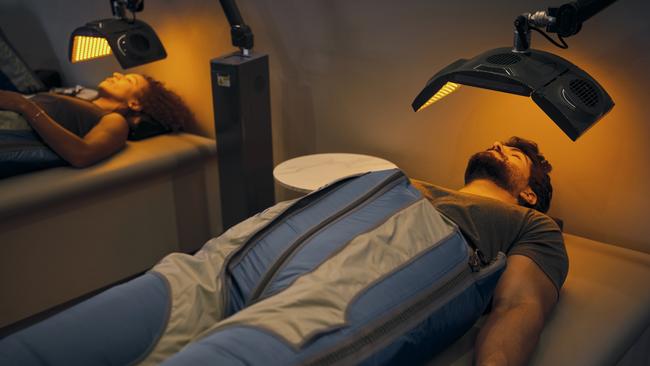
Death may be optional.
At least, that is according to an ever-increasing army of biohackers – who are taking a DIY approach to making their brains, bodies and hearts function better, and longer, by “hacking” their biology.
Devotees of biohacking use biology, science, personal and shared experience, and technology to optimise health, wellbeing, and lifespan, often with lifestyle interventions but sometimes with self-experimentation.
The list of “biohacks” is extensive and includes extreme diets, supplement use, juicing, red light therapy, cold exposure in the form of ice baths and cryotherapy, nootropics aka “smart drugs”, full body scans and frequent blood tests.
At the most extreme end, biohackers are even attempting to modify their bodies with DIY gene-editing and self-implanted devices.
With claims that you prevent memory loss, stop your hair turning grey and even change your DNA, it’s easy to see why biohacking is catching people’s attention. But as a cardiologist who has a vested interest in people living long and healthy lives, I’d prefer people listen to the science than to Hailey Bieber or Bryan Johnson.
So just how credible are these claims, are they worth spending money on, and most importantly of all, are they any good for the body, and the heart?
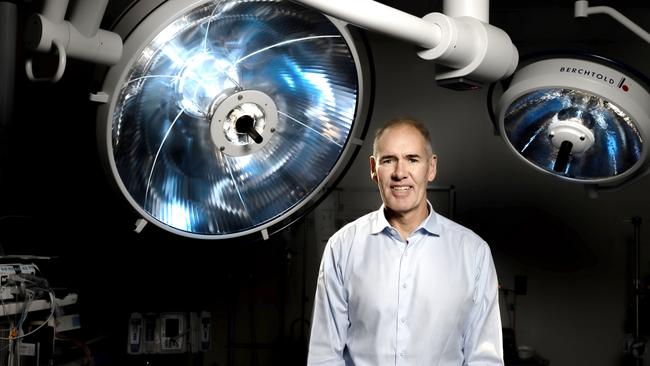
Supplements
Starting at the more “normal” end of the biohacking spectrum is supplementation.
While taking the odd fish oil tablet to boost our omega 3s may be relatively harmless, in extreme cases some biohackers are living on extensive and costly regimes of hundreds of supplements like NAD + in a bid to achieve peak nutrition.
But the reality is that we don’t need anything more than a healthy balanced diet to get the nutrients we need. The benefit of supplementation only comes for people with a known nutrient or mineral deficiency, that is typically identified through blood testing.
For everyone else the best-case scenario is expensive urine. Worst case? Toxic levels of nutrients build up in the body – as has been seen in recent reports of peripheral neuropathy in people who unknowingly consumed high amounts of vitamin B6 through supplements.

Supplements may also come with safety risks – particularly overseas-imported supplements that may contain stimulants or derivatives of amphetamines. This can be the case with nootropics – also referred to as “smart drugs” – which claim to improve cognition and boost brain power.
But while stimulants can be used to treat conditions like ADHD, misuse in the form of over-the-counter supplements can come with serious side effects – including increased heart rate and blood pressure. This is of particular concern for those with underlying heart issues.
These drugs may also interact with existing medications, which is why they should only be used under the guidance of your doctor.
Diet
Dietary changes are also a mainstay of biohacking in a similar way to supplements. Of particular note are the more extreme diets like the meat-heavy carnivore diet.
While it’s true there are a variety of ways to achieve a healthy diet, there are some fundamentals that come up time and again in research.
In a recent 30-year study of more than 100,000 people, it found those who ate more fruits, vegetables, whole grains, unsaturated fats, nuts, legumes and low-fat dairy products had a higher likelihood of healthy ageing.
On the flip side, the study found higher intakes of trans fats, sodium, sugary beverages and red or processed meats (or both) were negatively associated with healthy ageing.
This confirms one truth that we have long known about nutrition – eating a balanced diet with plenty of plant foods, with low or moderate amounts of animal foods, is good for our health and longevity.

Cold exposure
Most of us know people who swear a morning ice bath has changed their lives. But while ice baths can be beneficial for muscle recovery and wellbeing, the science is still out on whether cold exposure offers any longevity benefits.
While initial research findings suggested there may be time-dependent effects of cold water immersion (including cold shower, ice bath, or plunge) on inflammation, stress, immunity, sleep quality, and quality of life, researchers involved in these studies note that more research is needed to understand whether this effect is long term, and the potential impacts on different populations.
Along with being unclear about its benefits, cold exposure also comes with its risks – including an initial shock to the body that causes vasoconstriction, where the blood vessels constrict to conserve heat. This results in a jump in blood pressure and heart rate, which can trigger irregular heartbeats – aka arrythmias.

In a healthy person, this may not be an issue, but for those with existing heart conditions it could be dangerous – whether they have been diagnosed yet or not.
For those who want to experiment with cold exposure, it’s important to discuss with it your doctor and never do it alone.
Red light therapy
Red light therapy is an emerging therapy that exposes a person to low levels of red light. So far, the therapy looks promising for skin health – such as treating acne, signs of ageing and skin cancers etc.
But research on heart health and longevity is still in its infancy. While potential benefits have been noted in animal and in vitro studies such as lower rates of blood clots, the potential slowing down of cardiovascular ageing and also delayed onset of heart attack, stroke and high blood pressure, these are yet to be verified through large-scale clinical trials in humans.
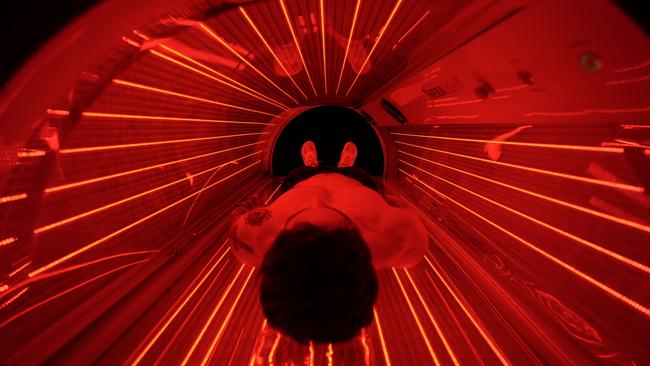
Full body scans
Being able to scan your whole body and find any underlying issues may be a tempting prospect. But full-body CT or MRI can be eye-wateringly expensive – in excess of $1000.
These scans also have their fair share of downsides, including unnecessary exposure to radiation for a CT scan, contrast dyes, false positives, incidental findings and overdiagnosis of issues that would never have caused any noticeable problems.
There is also no strong evidence for the benefits of full-body scans over more targeted screening for conditions such as breast and bowel cancer.
Along with these risks, full body scans can have significant impacts on a person’s mental health – causing us to worry about things we need never have worried about.
Following a targeted screening program based on your sex, age and risk factors is a much more effective, less time-consuming and less expensive way to go.
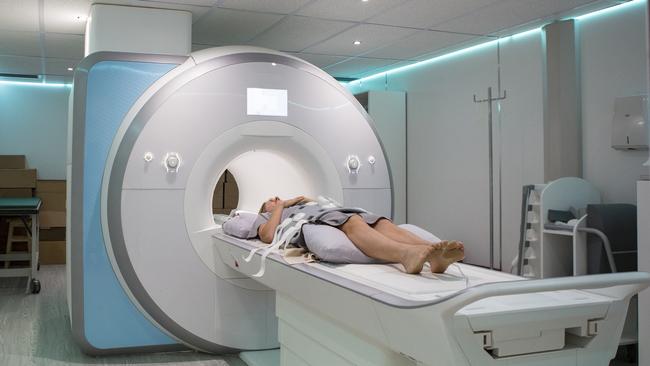
If not biohacking, then what?
It’s boring, but ultimately true, that the best place to start is by doubling down on the fundamentals before you start putting your time and money into strategies whose benefits are unclear.
Maintaining a healthy lifestyle
These fundamentals include eating a healthy diet with plenty of plant foods, getting regular exercise and good quality sleep, minimising stress and pollution exposure (including light and noise pollution), quitting smoking and drinking less alcohol, or ideally no alcohol.
Almost no one I see as a cardiologist has perfected all these areas. In fact, only five per cent of us get our recommended fruit and veg each day.
Keeping a check on your blood pressure, blood sugar and cholesterol levels
Along with these basics, there is a point to be made for tighter control of blood pressure, cholesterol and blood glucose – as we know that if not controlled well, these factors can increase the risk of heart disease and other chronic illnesses that have significant impacts on both quality of life and longevity.
This may include both lifestyle changes and more aggressive use of medications such as cholesterol-lowering statins in those with elevated levels.
The introduction of GLP-1 receptor agonists such as Semaglutide (marketed as Ozempic and Wegovy) may also have a role to play in managing these risk factors. However, what impact they could have on longevity in people of normal body weight and without diabetes or heart disease is currently unknown.
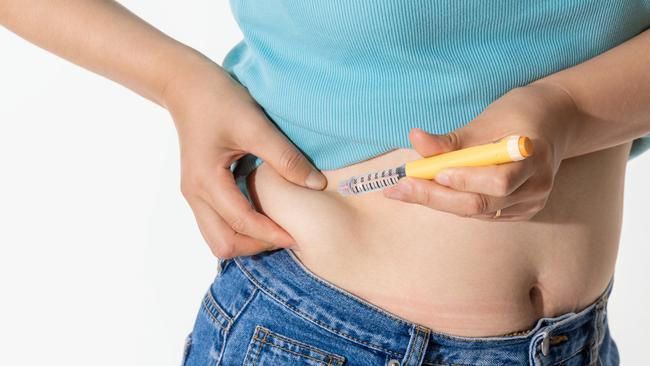
Building a good relationship with your GP is also important as this can help guide you on how to manage potential risk factors, identify health issues early, and get individualised advice on the best approach to blood testing and other screening tools.
Along with regular blood tests to check the standard cholesterol panel (total cholesterol, LDL ‘bad’ cholesterol, HDL ‘good’ cholesterol and triglycerides), it may also be worth being tested for Lp(a), also known as Lipoprotein(a).
This is another type of ‘bad cholesterol’ associated with increased heart disease risk. Lp(a) is influenced by our genetics, and hence it can be high even in those who live a healthy lifestyle. Testing of Lp(a) levels is not currently covered by Medicare, but most people only need to be tested once, and in Australia, the cost for an Lp(a) blood test is about $50.
The medical tests proven to work
Coronary artery calcium scoring, sometimes referred to as a “CAC score” by doctors, may also be appropriate for people with intermediate risk of heart disease, for example, those with one or more risk factors, or those in their 50s and 60s.
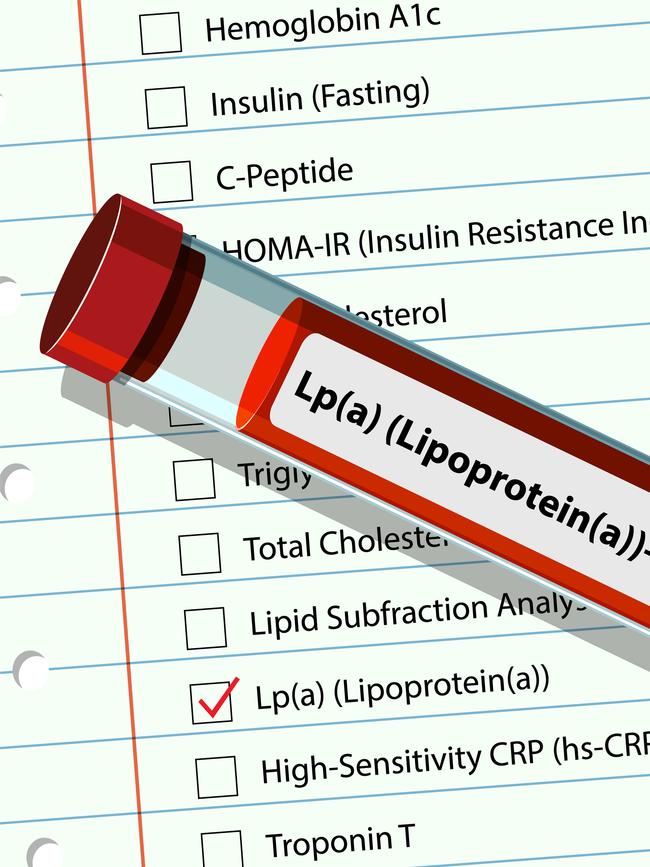
This test uses a CT scan of the heart to measure the amount of calcified plaque (calcium) in the walls of the coronary arteries that supply blood to the heart and can help to estimate your 10-year risk of heart attack or stroke. With this knowledge we can then identify patients who would benefit from particularly aggressive risk factor management.
A CT coronary angiogram is another test that is particularly helpful for people who are experiencing chest pain to determine if that chest pain is due to coronary obstructive disease or not. Some physicians perform them almost as an executive screening test in people who are not experiencing chest pain, but that’s not guideline recommended.
So, what are the headline takeaway messages? What do I tell my patients? And what do I do myself?
Stick to what is proven and skip the expensive vitamin supplements and questionable potions. If you want to live a healthy and long life, make sure you do the very best that you can by getting the fundamentals right.
The American Heart Association refers to them as “life’s essential eight” blood pressure, cholesterol, glucose levels (diabetes), healthy diet, exercise (more than 150 minutes of moderate intensity per week), maintaining a healthy body weight, not smoking and getting the right amount of sleep (seven to nine hours for adults). The data supporting the importance of these eight modifiable factors for a healthy life is overwhelming.
If you have any further questions, please speak to your doctor and try to avoid consulting social media.
Professor Jason Kovacic is a cardiologist and director of the Victor Chang Cardiac Research Institute.
This column is published for information purposes only. It is not intended to be used as medical advice and should not be relied on as a substitute for independent professional advice about your personal health or a medical condition from your doctor or other qualified health professional.



